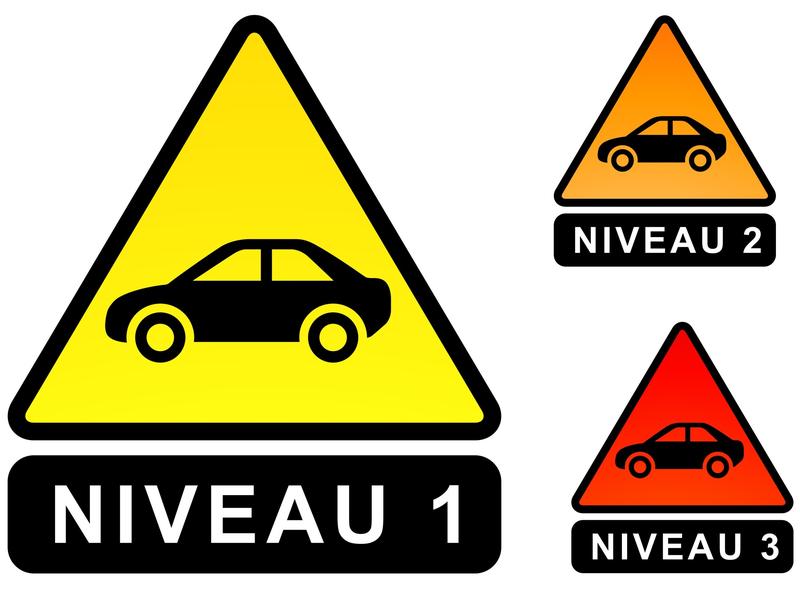This page has been automatically translated. Please refer to the page in French if needed.
Road safety
Taking drugs and driving: Understanding different levels of recommendation
Publié le 14 novembre 2023 - Legal and Administrative Information Directorate (Prime Minister)
Driving a car after taking certain medicines can be risky. On 30 October 2023, the Road Safety Delegation launched a new information campaign on road hazards related to medical conditions or the use of medication. This includes medicines prescribed by your doctor and some medicines available without a prescription.

In its new information campaign, the Road Safety Delegation recommends, above all, that you pay attention, before you go on the road, to the warning pictogram which may be present on the pack of the medicine you have consumed. The Road Safety Delegation points out that at present "awareness of the pictograms to make users aware of the risks of taking medicines on driving is insufficient". There are three levels of risk, identified by a pictogram in three colors:
- level 1 (yellow pictogram) - taking this medicine will usually not affect your ability to drive. However, you should be advised before driving that you should be vigilant for any effects reported in the package leaflet;
- level 2 (orange pictogram) - taking this medicine may affect your ability to drive, so you should ask your doctor or pharmacist for advice
- level 3 (red pictogram) - taking this medicine makes driving dangerous. The effect may even last for some time after the medicine is stopped. It is therefore recommended that you seek the advice of your doctor before driving again. If this medicine is prescribed without a prescription, ask your pharmacist for advice.
Infographie - null

FYI
some disorders can also affect driving ability, whether motor, visual, auditory, or neurologic. If you are not sure, you should discuss this with your doctor. In particular, he or she may advise you to make an appointment with a doctor authorized to evaluate your driving ability.
What are the possible effects of drugs?
Some drugs can cause
- visual disturbances;
- slow reflexes, decreased alertness and attention, drowsiness, or even sleepiness;
- dizziness and unsteadiness.
These effects may occur in isolation or in combination, and their extent may depend on the doses absorbed. These various effects of drug use on driving ability may also be worsened by fatigue.
Which medicines are at risk?
Among the families of medicines that may pose a risk to driving:
- anxiolytics (benzodiazepines and related substances...);
- sleep aids;
- antidepressants;
- certain medicines for pain and fever;
- antidiabetics;
- certain medicines for motion sickness
- anti-inflammatory drugs;
- certain medicines for migraine.
Sleeping pills and benzodiazepines are the most common medical substances found in blood tests of people who have been injured on the road.
The Road Safety Authority recommends that you inform your treating doctor or pharmacist of your means of travel, if necessary. This will help them to find the medicine that is least likely to affect your ability to drive.
Reminder
in 2017, a health ministry order amended and expanded the list of drugs that pose risks to driving. Benzodiazepines were then moved from level 2 to level 3.
Additional topics
Ministry of the Interior
Ministry of the Interior
National Health Insurance Fund (Cnam)
Agenda
Apprentissage
Jusqu'au 17 mai 2024
Publié le 03 mai 2024
Impôts
À partir du 11 avr. 2024
Publié le 11 avril 2024
Prévention Covid-19
À partir du 15 avr. 2024
Publié le 18 mars 2024
Calendrier scolaire
Du 6 avr. au 12 mai 2024
Publié le 15 mars 2024

